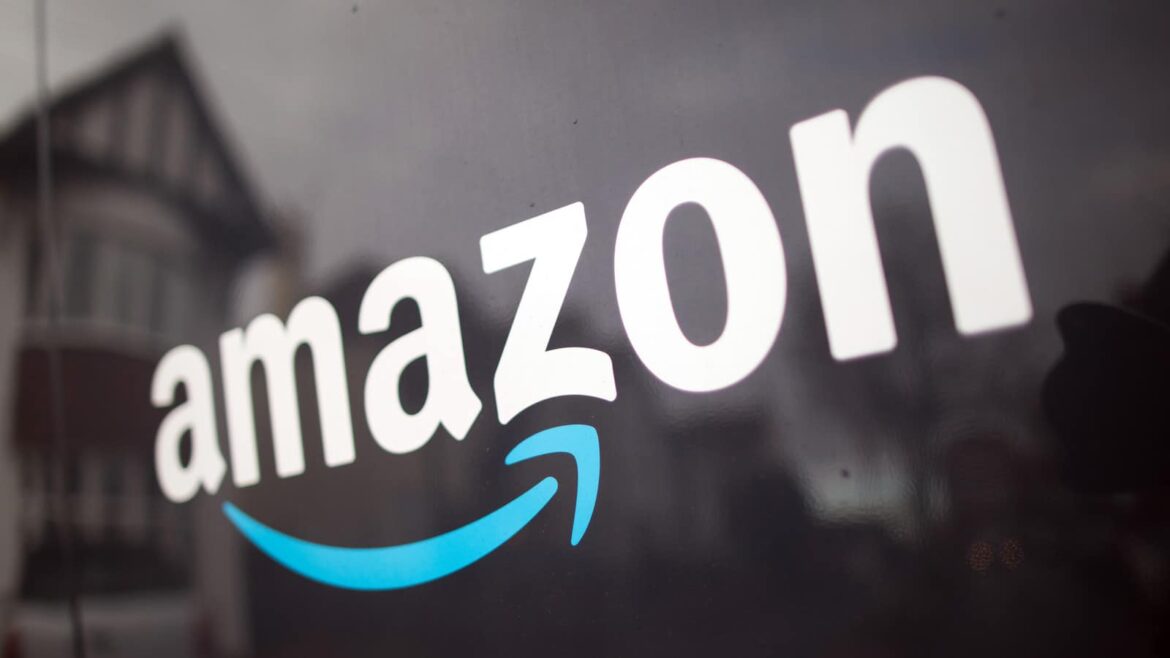591
Amazon’s history is impressive: Once a small online bookstore, it has grown into one of the largest e-commerce companies in the world.
How the story began: The founding of Amazon
Amazon began its journey on July 5, 1994, in a garage in Seattle. Today, Amazon is synonymous with online retail. But what steps led to this success?
- Jeff Bezos founded Amazon in 1994 with the goal of selling books online. This was a strategic decision, as books are easy to ship and offer a wide selection.
- Bezos chose the name ‘Amazon’ because it symbolizes the largest river in the world – a reference to the goal of becoming the largest bookseller.
- On July 16, 1995, the website went live and within 30 days had sales in every US state and 45 other countries.
- The initial investment came largely from Bezos’ family, particularly his parents, who invested around $250,000. This underscores the high risk associated with founding the company.
The path to diversification: More than just books
Starting with books, Amazon quickly diversified its offering. But what were the key steps in expanding its product range?
- Amazon began selling music and videos in 1998, followed by consumer goods such as electronics, toys, and clothing.
- The introduction of new categories was often accompanied by strategic partnerships and acquisitions to quickly expand market share.
- In 2002, Amazon launched Amazon Web Services (AWS), which led to significant growth in the cloud computing sector. This not only provided the company with new sources of revenue, but also made it a technological pioneer.
- One of the most notable acquisitions was Whole Foods Market in 2017, which significantly strengthened Amazon’s presence in the grocery retail sector.
Amazon Prime: A key to success
Amazon Prime revolutionized the shopping experience, but how has this service contributed to Amazon’s success?
- In 2005, Amazon Prime was introduced, offering free two-day shipping for an annual fee. This significantly increased customer loyalty.
- Prime has continued to evolve and now includes streaming services, exclusive offers, and access to eBooks, all of which add to its appeal.
- The strategy behind Prime is to keep customers on the platform and increase usage frequency, which generates higher revenues in the long term.
- According to reports, Prime members have a significantly higher spending rate on the platform than non-members, which illustrates the economic success of this model.
Criticism and challenges: The price of success
As its influence grows, Amazon also faces challenges. What are the main points of criticism?
- Amazon is often criticized for its treatment of employees, particularly with regard to working conditions and wages.
- Amazon’s enormous influence on the retail sector has raised concerns about monopolistic tendencies and anti-competitive practices.
- Data privacy and misuse are also critical issues, as Amazon collects and processes large amounts of user data.
- Environmental friendliness and the company’s ecological footprint are a focus, as logistics and supply chains cause significant environmental impact.

